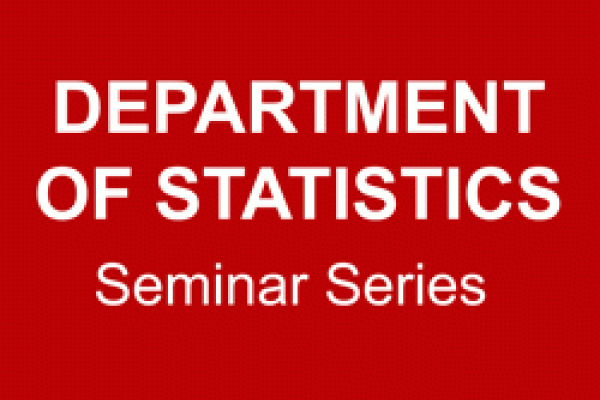
Title
Joint Modeling of Survival and Longtudinal Data
Speaker
Jimin Ding, University of California, Davis
Abstract
In clinical studies, longitudinal covariates are often used to monitor the progression of the disease as well as survival time. Relationship between a failure time process and some longitudinal covariates is of key interest and so is the understanding of the pattern of longitudinal process to learn more about health status of patients, or to get some insight into the progression of disease. Joint modeling of the longitudinal and survival data has certain advantages and emerged as an effective way to gain information from each other. Typically, a parametric longitudinal model is assumed to facilitate the likelihood approach. However, the choice of a proper parametric model turns out more illusive than standard longitudinal studies where no survival end-point occurs. Furthermore, the computational burden due to both Monte Carlo numerical integration and EM (Expected Maximum) algorithm is an important concern in the joint modelling setting.
To deal with those challenges, in the first part of the talk, I will propose several nonparametric longitudinal models in the joint modelling setting. Longitudinal process is represented by some basis functions and a proportional hazard model is then used to link them with the event-time. Unknown model parameters are estimated through maximizing the observed joint likelihood, which are iteratively maximized by the Monte Carlo Expected Maximization (MCEM) algorithm. The simplicity of the model structure is crucial to have good numerical stability, and so the parsimonious nonparametric models have computational advantages and compare well to competing parametric longitudinal approaches. In the second part of the talk, I will introduce the method of sieves for joint modelling to illustrate the high dimensionality problem currently encountered in the joint modelling literature. The asymptotic properties of the proposed sieve estimator will be discussed.
Meet the speaker in Room 212 Cockins Hall at 4:30 p.m. Refreshments will be served.
